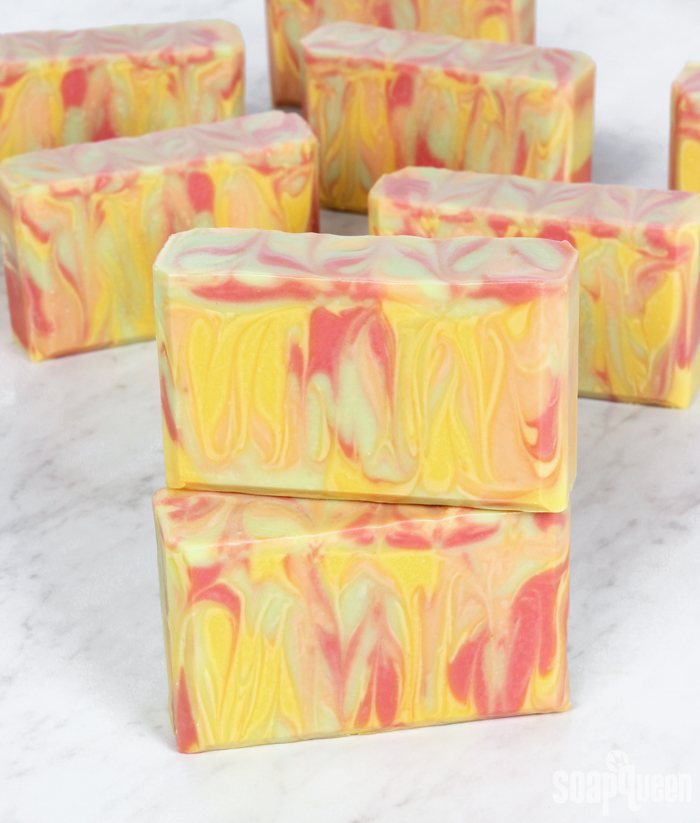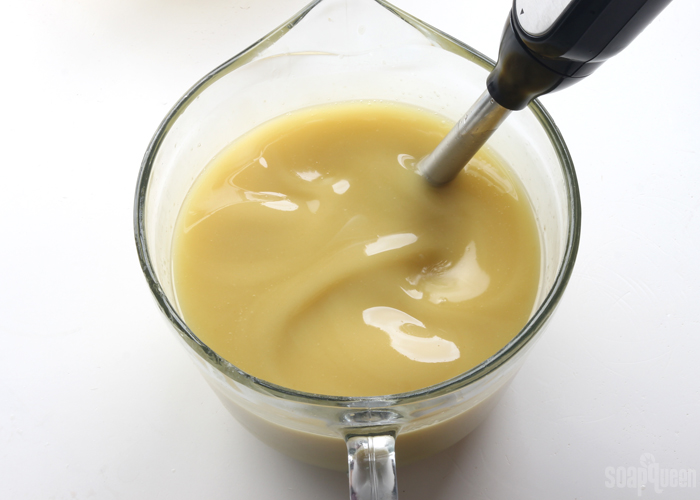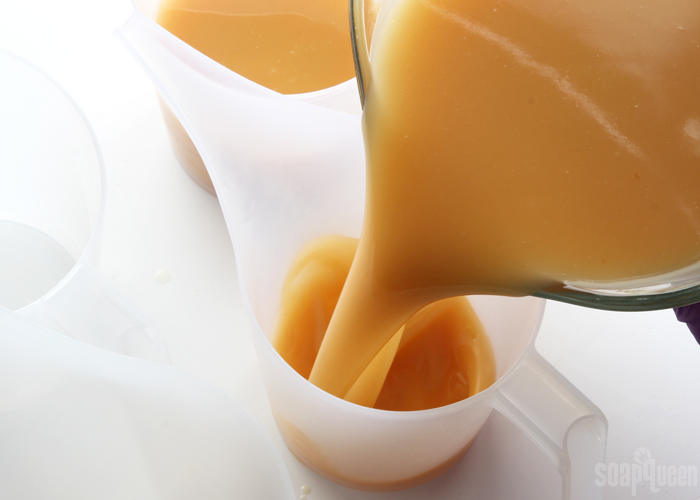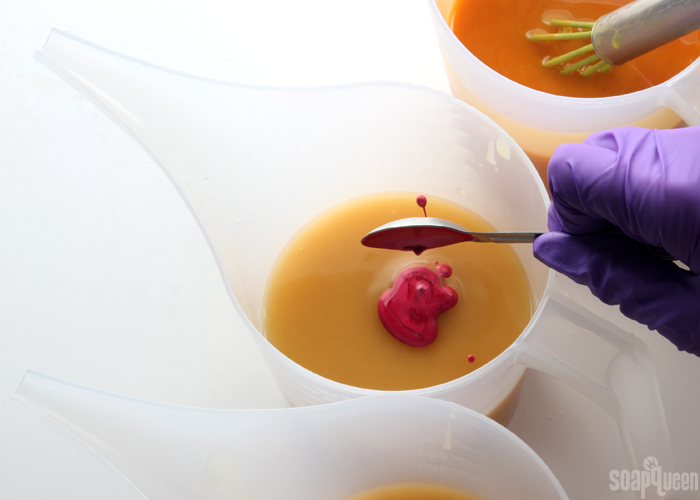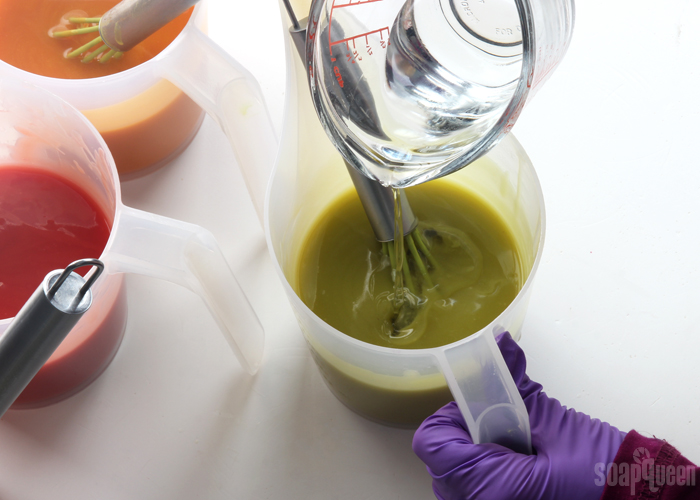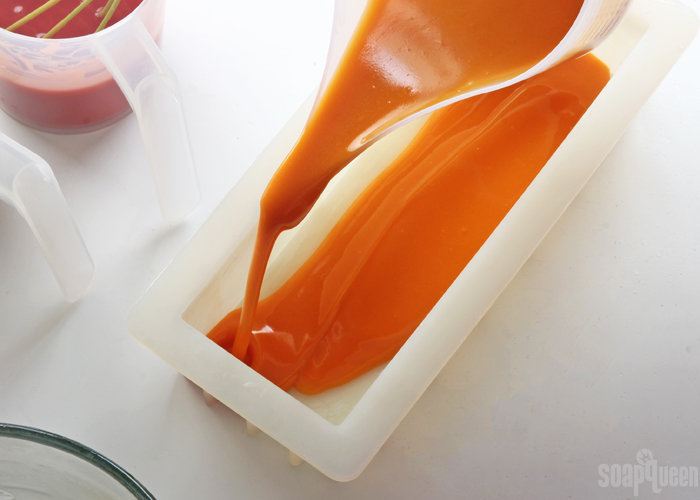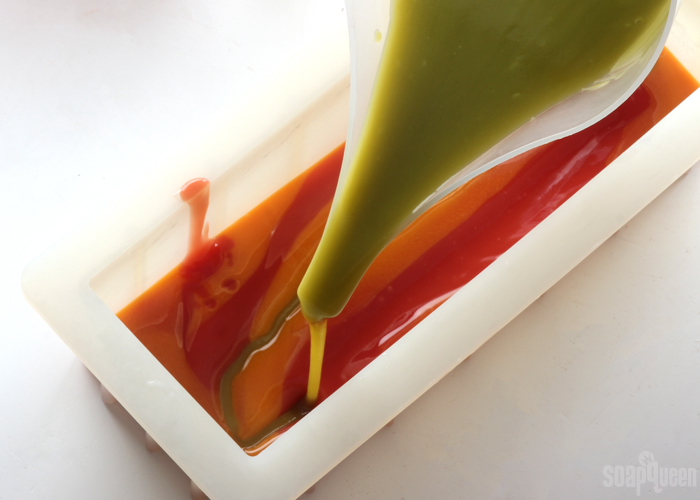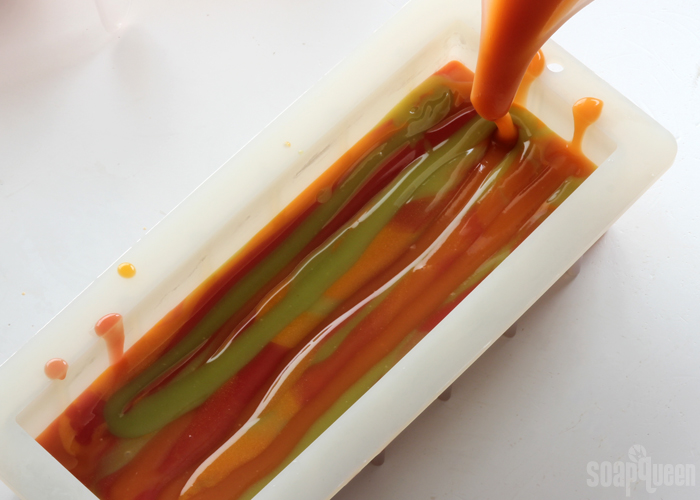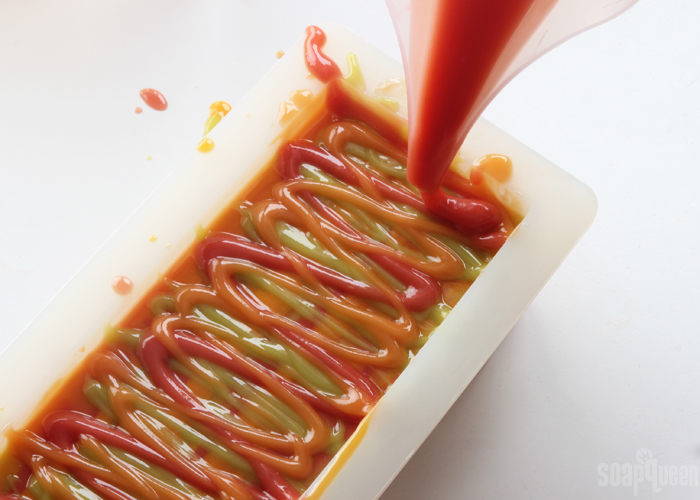Coffee Melt and Pour Soap: A Beginner-Friendly Recipe for Quick, Natural Bars
Coffee melt and pour soap is an ideal, easy recipe for beginners. With just a few special ingredients, you can create a large batch of healthy, moisturizing soap free from harmful chemicals. These bars come together so quickly, you’ll never want to go back to store-bought soap!
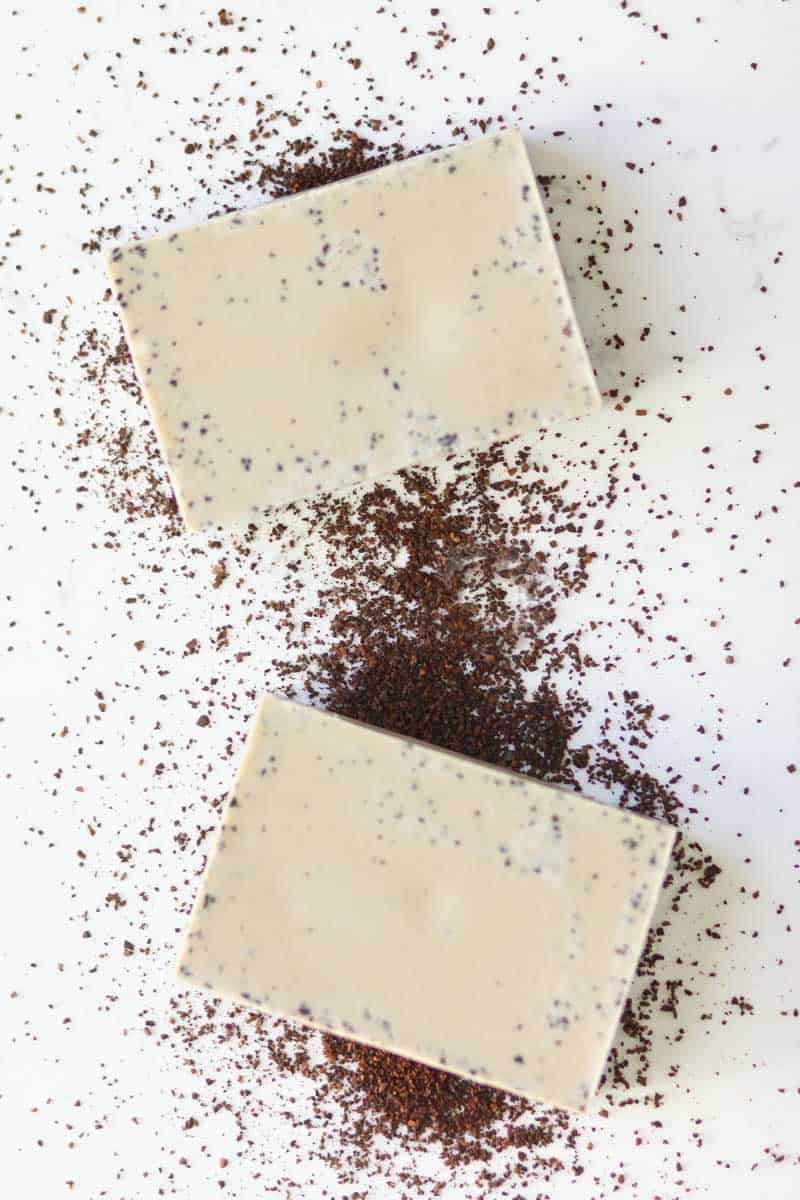
Making useful things from scratch really gives you that “winning” feeling when it comes to homemaking. Swapping a homemade creation for a store-bought one brings you one step closer to living like a homesteader—at least, that’s what I like to tell myself. There’s something deeply satisfying about it.
Check out my homemade orange blossom face wash and honey oatmeal soap with pink clay.
One of the main reasons I started making soap for my family was to avoid harsh chemicals found in store-bought options and save some money. Last Christmas, my girls and I decided to make gift baskets filled with useful, handmade items for their teachers. We tried soap making, and we were instantly hooked!
This coffee melt and pour soap recipe is so easy, and you’ll only need to buy a couple of ingredients and supplies to make a batch that can last for months. The process is quick, too—believe it or not, your soap will be ready to use in less than a day!
Homemade coffee soap also makes a fantastic gift for coffee lovers!

Ingredients And Supplies For This Melt And Pour Coffee Soap Recipe
INGREDIENTS:
- Goat’s Milk Soap Base – Goat’s milk is rich in fatty acids that help promote healthy skin and lock in moisture.
- Raw Honey – Full of antioxidants, raw honey helps repair skin damage while retaining moisture for a soft, smooth feel.
- Used Coffee Grounds – Used coffee grounds provide a lovely coffee scent without being too grainy. They also stay suspended better in the soap than fresh ground coffee.
- Vanilla Extract – Vanilla extract elevates the soap, making it smell like a delicious latte. Mmmmmm!
- Essential Oils (Optional) – While not essential for this recipe (pun intended), essential oils add a delightful fragrance. I love using orange essential oil for an extra layer of scent. This brand is my go-to for projects like this because it’s affordable and has a strong, pleasant aroma!
- Where to Buy – Hobby Lobby offers the best prices for goat’s milk soap base. Just keep an eye out for their soap-making supply sales!
SUPPLIES:
- Soap Mold
- Bowl to melt your soap base in
- Whisk
- Scale to weigh the soap base

What Is Coffee Soap Good For?
Coffee soap is fantastic for those with dry and itchy skin, as it helps to hydrate and soothe. It’s also gentle enough for kids to use, making it a family-friendly option for all ages.
Can You Use Coffee Grounds In Melt And Pour Soap Recipes?
Yes! It’s best to use coffee grounds that have already been brewed so that the soap isn’t too grainy. Simply remove the used grounds from your coffee filter and gently pat them dry with a paper towel.
When making melt and pour soap, wait until the soap base has cooled slightly before adding the coffee grounds. As the soap base cools, it thickens a bit, which helps keep the grounds from sinking to the bottom as they would in a hotter, runnier soap. This ensures an even distribution of the coffee grounds throughout the soap!

How Much Coffee Grounds For Melt And Pour Soap?
When using used coffee grounds for your soap, you’ll need about 1/4 cup of grounds per pound of soap base. This ratio ensures the soap gets the right amount of coffee scent and exfoliating power without becoming too gritty.
Can You Mix Honey In Melt And Pour Soap?
Raw honey is packed with antioxidants that are great for the skin, along with deep moisturizing properties. Additionally, raw honey from bees is known for its anti-fungal and anti-viral benefits, making it an excellent addition to melt and pour soaps. Despite its sweet, sticky nature, using honey in homemade soaps won’t make them sticky at all—just soft and nourishing!
What Essential Oils Work Well In Coffee Soap Recipe?
- orange
- geranium
- cedarwood
- vanilla
- cinnamon
- patchouli
- grapefruit

How To Make This Coffee Melt And Pour Soap Recipe
Prep – Pat the coffee grounds dry with paper towels to remove any excess moisture.
Melt – Cut the soap base into 1″ cubes and melt it in a bowl in the microwave. Heat in 30-second intervals, stirring between each, until fully melted.
Stir – Whisk in the coffee grounds, vanilla extract, and honey. If you’re using essential oils, add them now as well. Let the soap base mixture cool slightly to help prevent the coffee grounds from sinking to the bottom.
Pour the Mixture into the Soap Molds – Carefully pour the soap mixture into your molds, filling them all the way to the top.
Harden – Allow the soap to fully harden for at least 2 hours. Once set, simply pop the bars out of the molds and they’re ready to use!
Tips
- Cool Slightly – Wait until the soap base has cooled slightly before adding the coffee grounds. As the base cools, it thickens, which helps keep the grounds from sinking to the bottom as they would in a hotter, runnier mixture.
- Variations – Experiment with different essential oils in your coffee soap to add a unique fragrance and make it even more delightful.
- To Store – Use the soap right away or store it in a dry place for later use.
- Gifting – These homemade coffee soap bars make perfect additions to gift baskets for special occasions like Mother’s Day or Christmas!
conclusion
In conclusion, making your own coffee melt and pour soap is a simple and satisfying way to create a moisturizing, chemical-free product that’s perfect for both everyday use and gifting. With just a few ingredients like goat’s milk soap base, raw honey, coffee grounds, and essential oils, you can craft a batch of soap that’s not only beneficial for your skin but also easy to personalize. Whether you’re treating yourself or giving a thoughtful gift, homemade coffee soap offers a unique, practical, and natural option that’s sure to impress.


